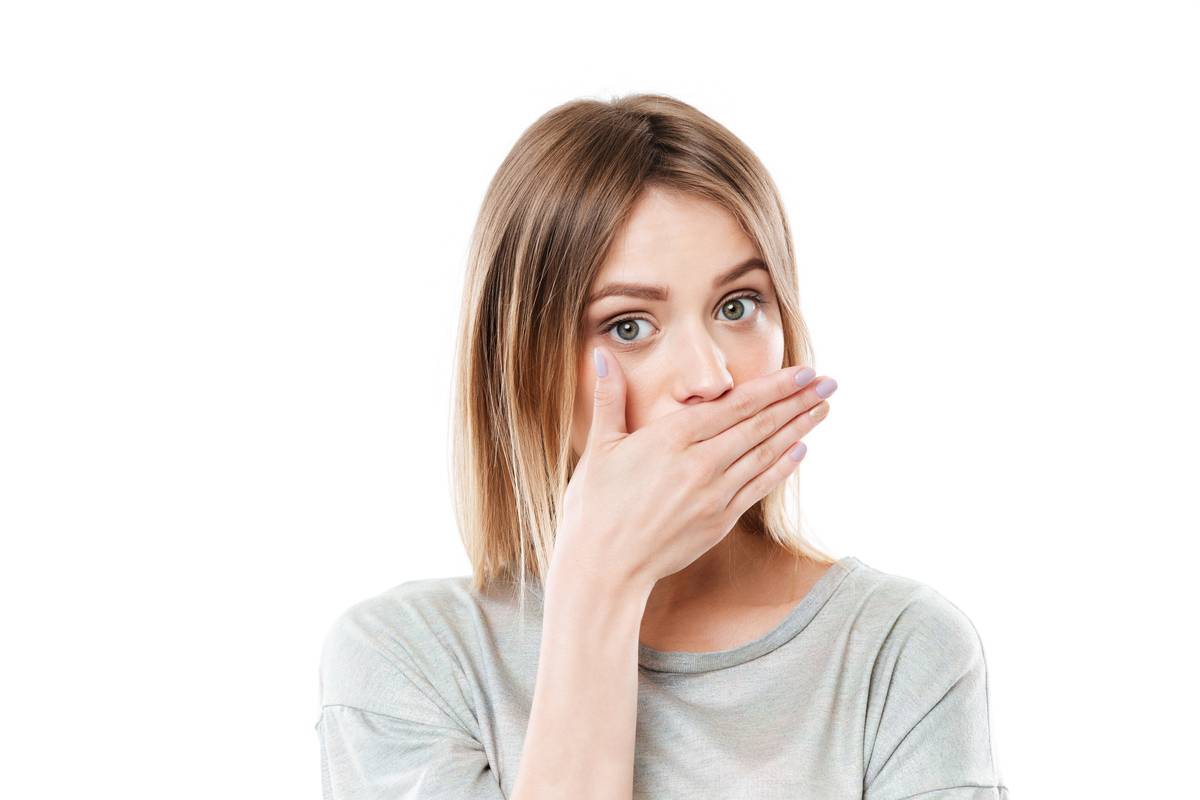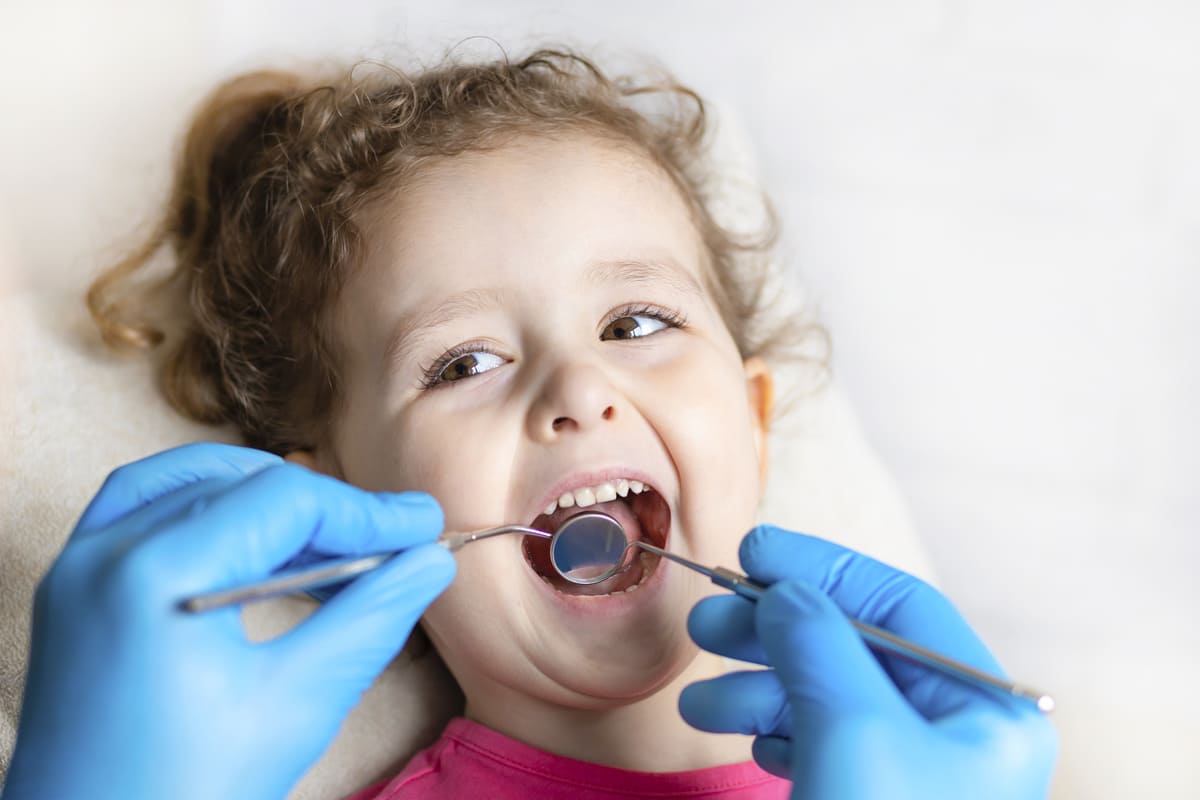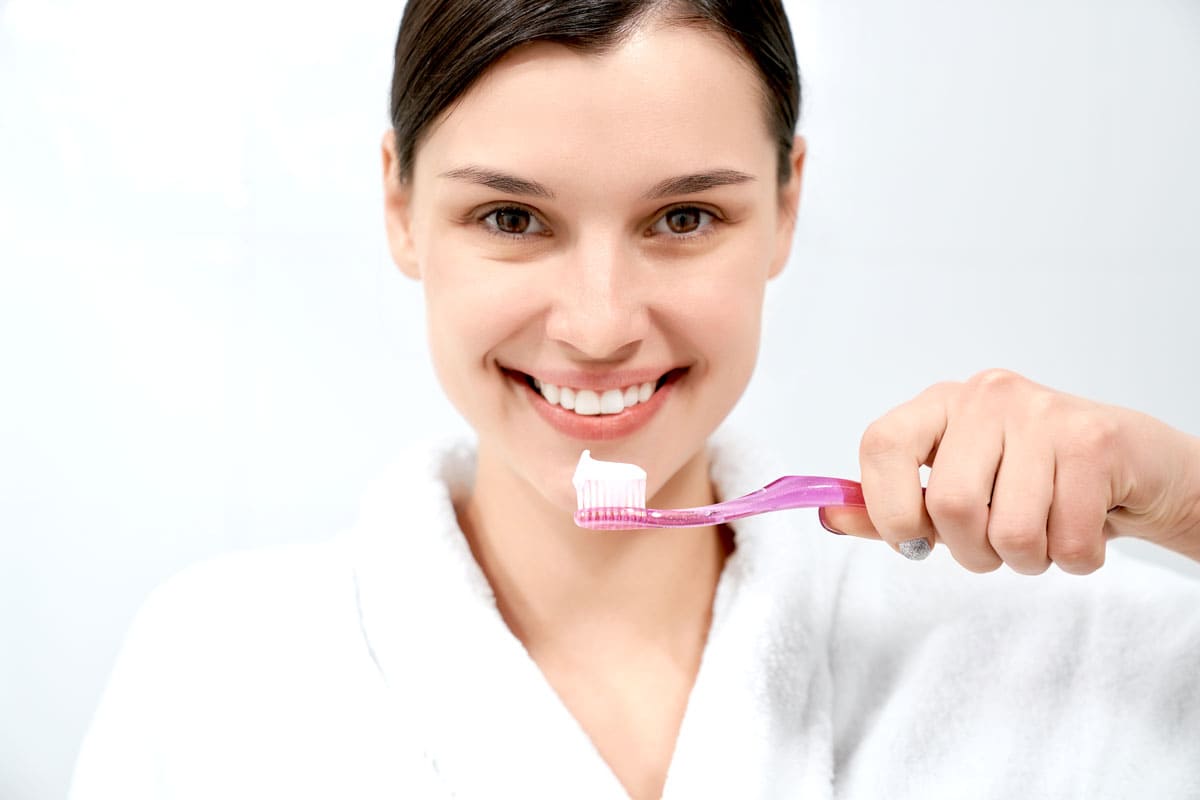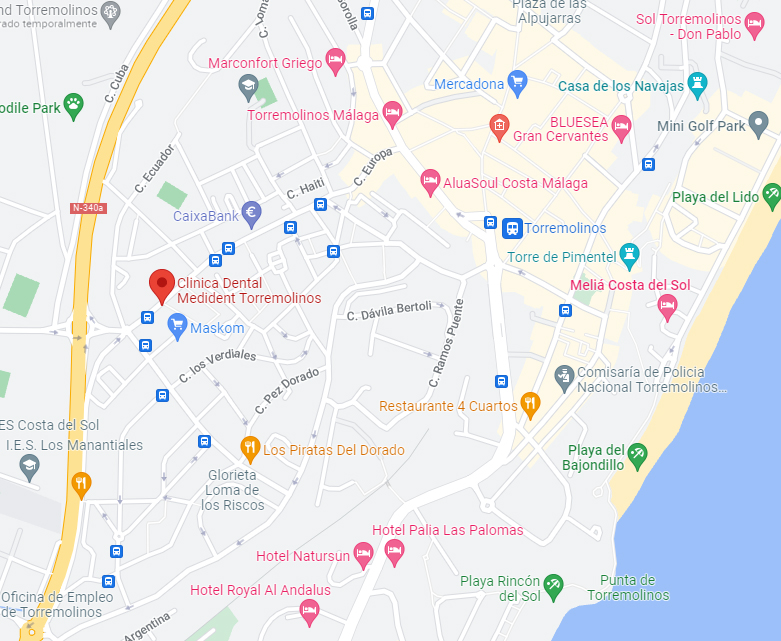You may have noticed one or more stains on your teeth. Dental stains are present in almost all adult dentures and, although very common, they can be due to different causes and do not necessarily have to be treated with the same treatments. At Medident we face this aesthetic problem on a daily basis, so we want to tell you what types of dental stains exist, what they are caused by and what we can do at the clinic to conceal them.
Identifying common dental stains
In order to start a treatment, whatever it may be, the first thing to do is to identify what we are dealing with. In the case of tooth stains, they are not all the same. Stains can vary in colour, cause and location, and each type requires a specific approach to remove or treat them.
Extrinsic stains: Causes and prevention
Extrinsic stains are stains that appear on the surface of the tooth. They are usually caused by foods and beverages such as coffee, tea, red wine and certain foods with dyes. Smoking is also a major contributor to extrinsic stains. Prevention of these stains involves:
- Limit consumption of foods and drinks that stain.
- Maintain good oral hygiene, including regular brushing and flossing.
- Consider using whitening toothpastes to remove surface stains.
Intrinsic stains: Understanding root causes
Intrinsic stains are found inside the tooth and can be more difficult to treat. They can be caused by factors such as ageing, where the enamel wears away and reveals darker dentin underneath, or by trauma affecting the nerve of the tooth.
Other causes include certain diseases and exposure to high levels of fluoride during tooth development. Treatment for these stains often requires professional procedures such as tooth whitening or veneers.
Tetracycline staining and fluorosis: Special cases
Tetracycline stains are a type of intrinsic staining caused by exposure to tetracycline antibiotics during dental development. These stains can range from grey or brown streaks to a dark yellow or grey colour.
Fluorosis, on the other hand, is caused by excessive fluoride intake during tooth formation and can result in stains ranging from subtle white lines to more noticeable brown stains. These special cases often require more complex and personalised treatments.
Home methods for removing tooth stains
Thanks to the Internet, numerous videos, tutorials and tips on how to remove stains on teeth are circulating. However, not all of them are effective and, above all, safe for your teeth. Although there are home and natural remedies that can help you, there is no better place than a dental clinic with professionals in this field to give you advice and treatment proposals.
Natural remedies and their effectiveness
Natural remedies for whitening teeth include the use of baking soda, apple cider vinegar and coconut oil. These methods can help remove some surface stains:
- Baking soda has mild abrasive properties that can help remove stains.
- Apple cider vinegar can be useful because of its acidity, but should be used with caution so as not to damage the enamel.
- Coconut oil, used in the “oil pulling” technique, can help reduce bacteria and whiten teeth.
Over-the-counter products: Whitening pastes and mouthwashes
There are numerous over-the-counter products available for whitening teeth at home, such as toothpastes and mouthwashes. These products often contain mild whitening agents and may work to treat mild stains. However, their effectiveness is limited compared to professional treatments, as by law they cannot use certain quantities and products that professionals can.
Risks and limitations of at-home treatments
Although home methods can be attractive, it is important to be aware of their limitations and risks:
- Home remedies are not as effective for intrinsic or severe stains.
- Excessive or incorrect use of abrasive or acidic products can damage tooth enamel.
- Results can be inconsistent and are not always predictable.
The importance of professional stain removal diagnostics
As we have been saying, if you are really looking for a reliable, safe and long-lasting result, professional diagnosis for treating dental stains is essential.
Dental consultation: The first step to effective treatment
The first step in treating tooth stains is a consultation with your dentist. During this visit, dentists can identify the cause of the stains and determine whether they are extrinsic or intrinsic. This diagnosis is the first step in choosing the most appropriate and effective treatment.
Professional assessment: Differentiating types of stains
e dentists can differentiate between different types of dental stains using our expertise and specialised tools. For example, stains caused by coffee are treated differently from stains caused by tetracyclines or fluorosis. A professional assessment ensures that treatment is targeted specifically to your problem.
Developing a personalised treatment plan
Based on the assessment, dentists can develop a treatment plan that is completely tailored to your case. This may include professional procedures such as in-clinic tooth whitening, dental veneers or even more complex treatments, depending on how severe the stains are and their type.
Professional treatments for tooth stains
When tooth stains are persistent or deeper, home methods may not be enough to remove them completely. In these cases, professional treatments that offer more effective and long-lasting results are ideal. Here are some of the available options we work with at our Medident clinic:
Professional teeth cleaning: The basis for effective treatment.
Professional teeth cleaning is the starting point for tackling dental stains. During this procedure, a dental hygienist or dentist will use specialised tools to remove surface stains, tartar and plaque build-up on your teeth. This deep cleaning not only improves the appearance of your teeth, but also prepares the surface for other treatments.
In-Clinic Teeth Whitening: Procedures and Expectations
In-office teeth whitening is one of the most common and effective procedures for removing extrinsic tooth stains. During this process, your dentist will apply a whitening gel to your teeth and use a special light or laser to activate the gel. This helps to break down the stains and lighten the tooth enamel. In-clinic whitening can provide very noticeable results in a single session or require several visits, depending on the severity of the stains.
Advanced alternatives: Dental microabrasion and more
For more persistent stains, such as intrinsic stains or fluorosis stains, there are advanced treatments that are highly effective.
Dental microabrasion involves the controlled removal of a thin layer of tooth enamel with a mixture of acid and abrasives. This can reduce the appearance of intrinsic stains without damaging tooth structure.
Other alternatives include dental veneers, which are thin porcelain shells placed over teeth to hide stains, and dental fillings, which can be used to fill cavities caused by stains or decay.
Prevention and ongoing post-treatment care
After you have removed tooth stains and achieved a whiter, more radiant smile, it is essential to take steps to prevent their reappearance. Here are some practical tips to keep your teeth stain-free and ensure your smile lasts much longer:
Tips to prevent the reappearance of stains
- Maintain rigorous oral hygiene: Continue to brush your teeth at least twice a day and floss daily. Prevention is key to keeping stains from returning.
- Avoid staining foods and drinks: Reduce consumption of coffee, tea, red wine and foods high in pigments that tend to stain teeth. If you do consume them, brush your teeth or rinse your mouth with water afterwards.
- Quit smoking: Tobacco is one of the main culprits of tooth staining. Quitting smoking will not only improve the appearance of your teeth, but will also benefit your overall health.
- Drink through a straw: If you enjoy drinks such as soft drinks or juices that can stain teeth, consider drinking through a straw to reduce the contact of liquids with your teeth.
- Hydrate with water: Water is your ally in rinsing away food debris and keeping your mouth fresh. Drink plenty of water throughout the day.
Maintenance after treatment: Essential practices
After undergoing professional stain removal treatment, it is important to follow your dentist’s recommendations. This may include using specific dental care products and maintaining a good oral hygiene routine at home.
Regular check-ups: Key to a long-lasting smile
Schedule regular check-ups with your trusted dentist. Regular visits allow your dentist to evaluate the effectiveness of treatment and perform dental cleanings to keep your teeth in optimal condition.
Remember that prevention and ongoing care are essential to enjoy a healthy, white smile over time. If you follow these tips and maintain good oral hygiene, you can avoid the reappearance of stains and have a radiant smile for a long time to come.
Conclusions
At Medident, our main goal is to help you achieve and maintain the best of your smiles. If you want to remove those unwanted dental stains and regain confidence in your teeth, contact us. Our team of dental experts will personally attend you and will give you all the details you need and guide you through the whole process. Don’t wait any longer to show off an amazing smile! Schedule your appointment with Medident today and let us take care of your dental health.









